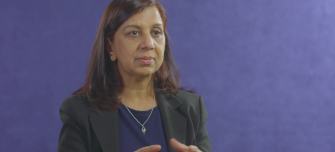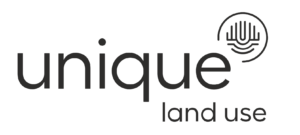GDA Forest Management Kick-off meeting
The GDA Forest Management activity officially began on 3rd September and will run for 21 months. This project aims to enhance forest management by using Earth Observation (EO) technology to … Read more


Knowledge Hub
Advancing and Building EO knowledge and Capacity (ABC). Extensive and interactive repository of European Earth Observation service capabilities.

MOOC on Satellite Earth Observation for IDA
The Space for International Development Assistance Massive Open Online Course (MOOC), created for the GDA, examines EO’s role in global development with expert insights.

ESA GDA Impact Newsroom- Episode 9: April 2025
Episode 9 Newsroom video dive into powerful stories where Earth Observation (EO) is not just data, it’s action, resilience and real-world change.

ESA GDA Impact Newsroom- Episode 8: March 2025
Episode 8 Newsroom video covers ESA's GDA 2024 event, featuring EO solutions for climate resilience, blue economy advancements, and sustainable urban development initiatives worldwide.

 Earth Observation based Information Developments (EOIDs) under the GDA Forest activity will address several broader topics, which cover each multiple themes.
Earth Observation based Information Developments (EOIDs) under the GDA Forest activity will address several broader topics, which cover each multiple themes.






